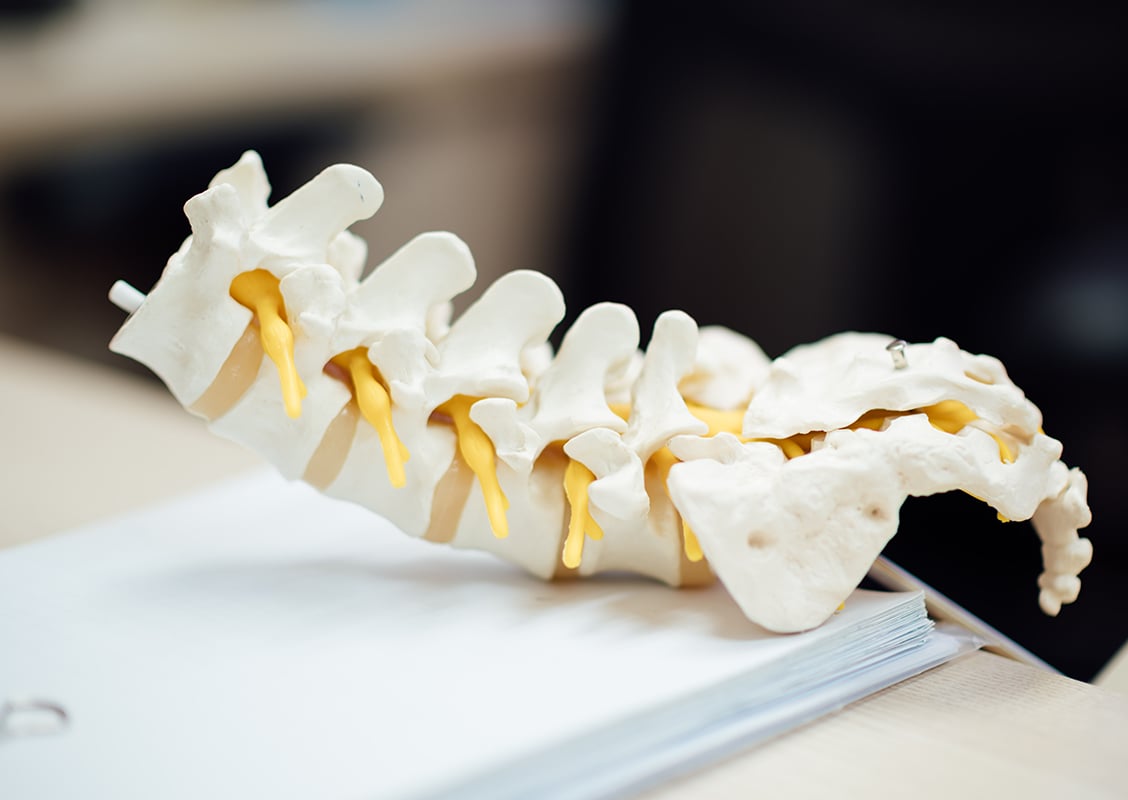Ergonomic chairs are modern office essentials. While you may not realise it right away, the chair you use at work can make a big difference in your productivity, overall mood, and even your spinal health.
We spend too much of our time sitting down nowadays. So, the least we can do is get the right chairs to support our spines.
That said, while ergonomic chairs are taking the market by storm, few people really understand what makes an ergonomic chair.
And don't worry, we won't blame anyone for not fully understanding the design principles behind ergonomic chairs.
So, in this article, we're taking a look at the basic design principles of ergonomic chairs to help you understand the qualities that make office chairs ergonomic and better for your body.
Read on to learn more.
Understanding Ergonomic Chairs
Let's start by explaining what an ergonomic chair is.
Basically, these are your standard office chairs but optimised to keep the spine aligned and the body supported. That way, you can spend longer hours sitting down without developing spinal pain and similar conditions. If you spend a lot of your time sitting down for work, it might be good for you to buy an ergonomic chair to protect your body.
Key Design Principles of Ergonomic Chairs
There are a few key design principles that separate ergonomic chairs from your typical office chairs. Let's look at these few principles to give you a better idea of what to look for when buying an ergonomic chair.
Adjustable Height
One of the first things to look for in an ergonomic chair is adjustable height. All ergonomic chairs have a mechanism in place that allows users to lower or raise the chair according to their needs. The reason for this is that the adjustable height allows you to always have your feet touching the floor or the footrest (which is essential for proper alignment). On top of that, adjusting the seat's height to the optimal position also promotes proper knee and hip alignment, which are two joints that are often misaligned when sitting down for a long time.
Lumbar Support

If you notice most office chairs, they have a flat profile for their backrest. While this isn't exactly bad, as it still provides your upper back with decent support, your lumbar area will suffer as a result. The lumbar area of our spine is placed under a lot of pressure when we're sitting down, which is why most modern ergonomic chairs also feature a unique backrest with a curved design to provide your lumbar area with adequate support while sitting.
When you have the right lumbar support, you can reduce the amount of slouching you do. On top of that, it reduces the overall strain on your back that you may develop the more you work at your desk. So, when looking for an ergonomic chair, make sure that has proper lumbar support.
Seat Depth & Width
Another design principle of ergonomic office chairs are their seat depth and width. The chair should have the right depth and width to accommodate different body types and sizes. Ideally, you should have a few inches of space between the front of the seat and the back of your knees to reduce pressure and strain. This is also why we usually recommend trying out a chair and sitting on it before buying so you can ensure that it's the right depth and width for your body.
Adjustable Armrests
This may seem like a small detail, but it makes a massive difference when you spend hours of your day sitting down. When you buy ergonomic office chairs, you typically have adjustable armrests. That way, you can put the rests at the perfect height for your needs, allowing you to take some pressure off your shoulders by making sure they're relaxed.
When you don't have an armrest or the rest is at the wrong height, you risk hunching your shoulders, which adds a lot of pressure and strain to your body. This is why we recommend purchasing ergonomic chairs with adjustable armrests.
Mobility
There's a high chance that you move around a lot in your office. This could be to move to another desk and ask a coworker a question or to turn around and pick something up from your side table. Either way, it would be great to have a chair that allows you to move around without standing up. This is why most ergonomic chairs come with wheels and a swivel mechanism so users can twist, turn, and move as needed throughout the day.
That way, you aren't constantly sitting and standing, which can be really tiring and take the energy out of your sails.